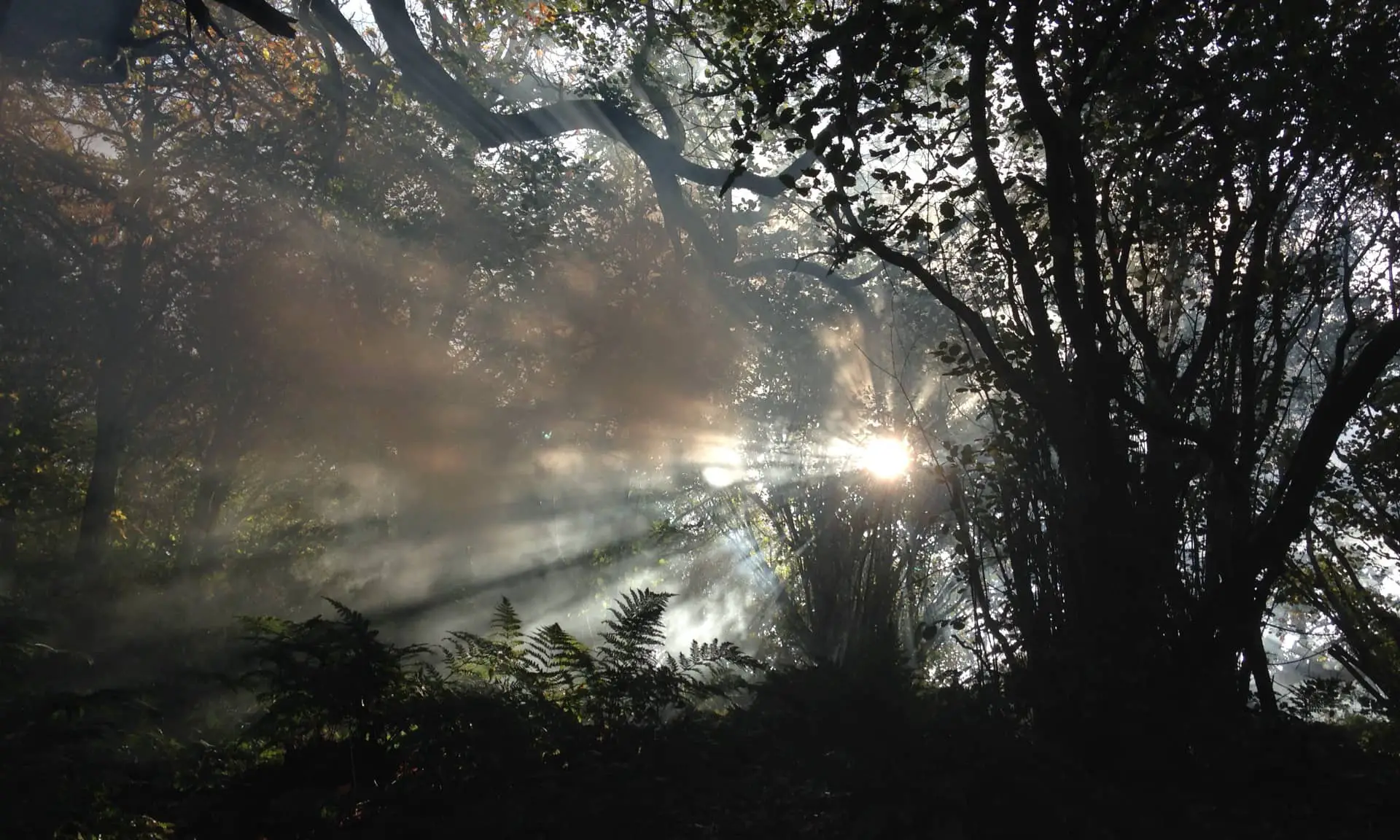Woodland Journeyman, Jon Jewett, completed an apprenticeship with the Wildlife Trust last year. He has some really interesting and insightful views about woodland and wildlife that we felt would be of interest to readers.
In part one of this Woodland Journeyman mini series, Jon explained – based on what others have taught him – what happens when trees are planted and left unmanaged. Here in part two he shares a case study of best practice in woodland management on the Island. Ed
Martin’s Wood, a community woodland and now part of a Wildlife Trust’s rewilding project, received continued management from the start.
The grass was topped off by regular cutting until the saplings could get away.
Rides (a permanent unsurfaced access route through woodland) had been hewn out to allow for ground flora to flourish, attracting the insects, in turn attracting the birds and bats to rich hunting grounds.
Click on images to see larger versions and descriptions
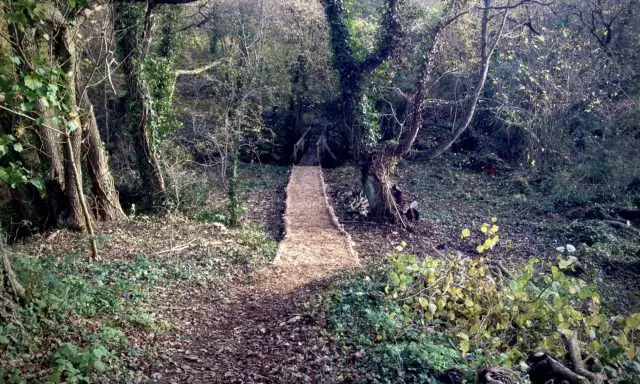
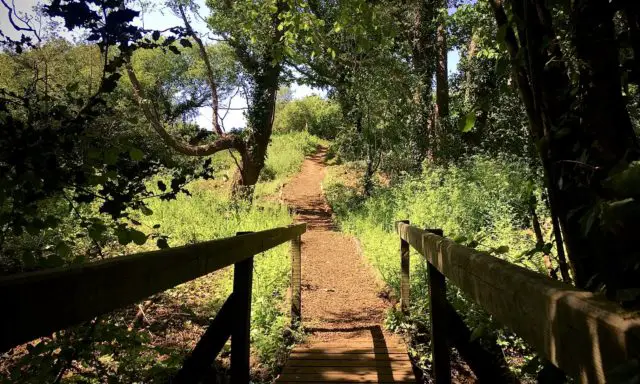
Scrapes have been hand dug to accommodate the wide variety of solitary mining bees that swarm the warm ground.
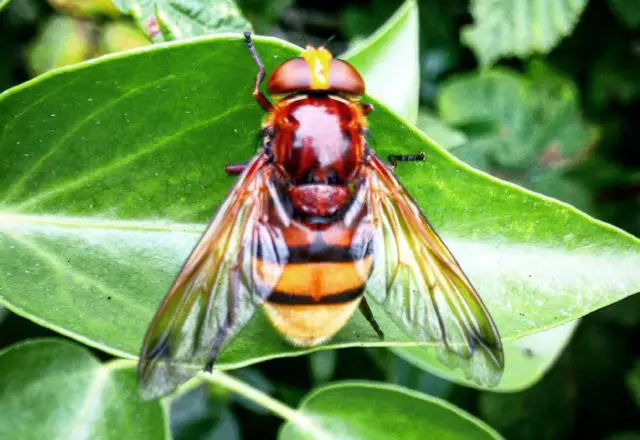
Trees are thinned from their original planting to allow the strongest ones space to grow and develop.
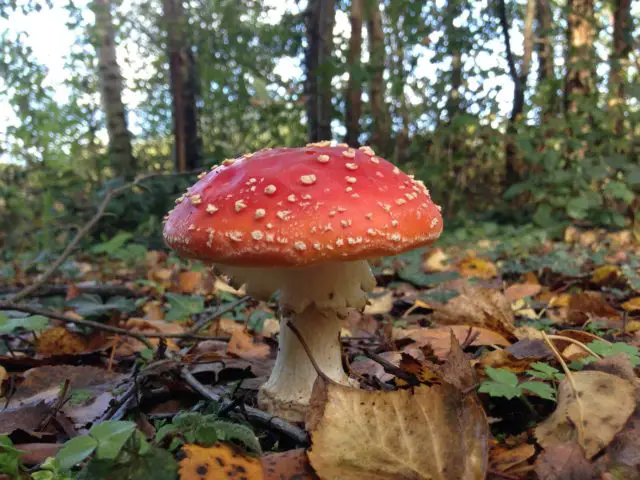
Stimulating more vigorous regrowth
Hazel is coppiced to stimulate more vigorous regrowth, extending its life expectancy by 100 years if not more, and providing a denser stand for nesting birds and dormice to inhabit (the little rodents play a constant game of “the floor is made of lava”).
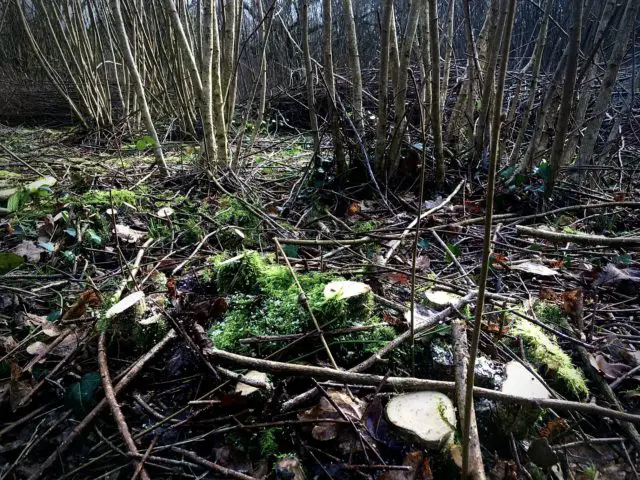
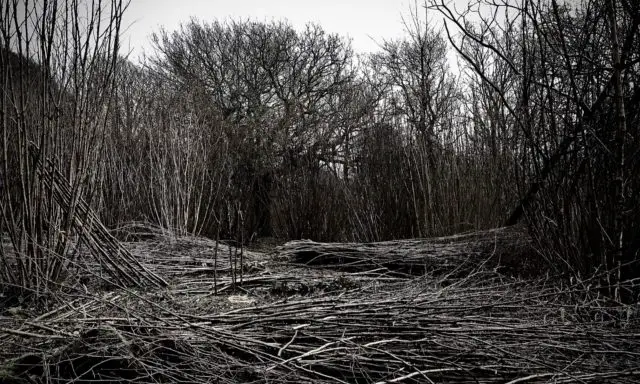
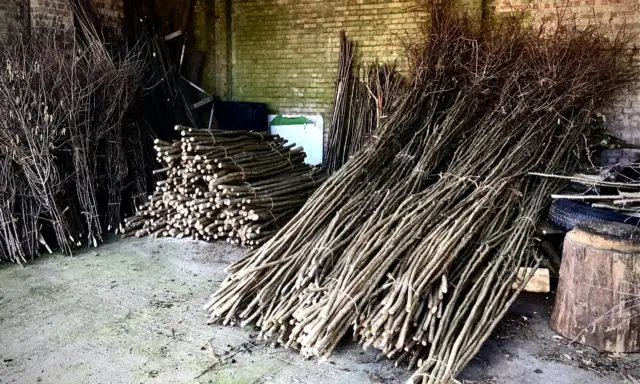
And trees are felled to provide a variation in age, allowing for a greater uptake in carbon and resilience to pests and diseases.
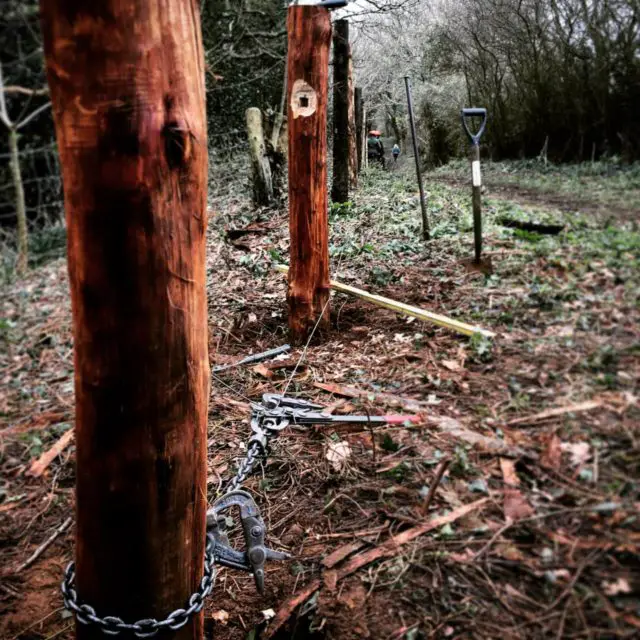
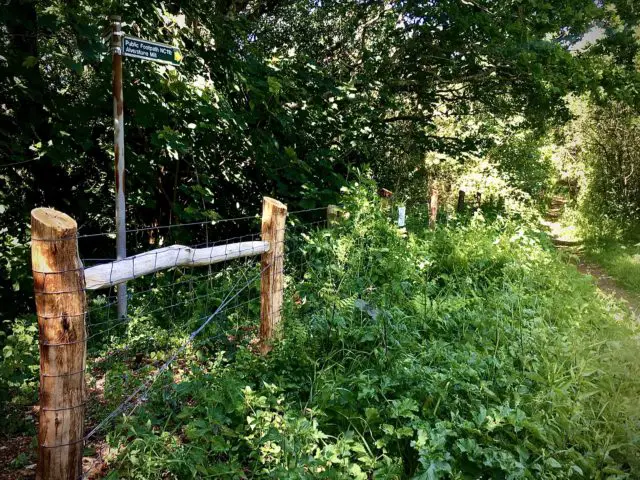
Minimising disturbance to dormant habitat
This work is carried out in the winter months to minimise disturbance to dormant habitats, all before the mating season starts and little nests get built, unless you’re a pigeon, then any time is mating time.
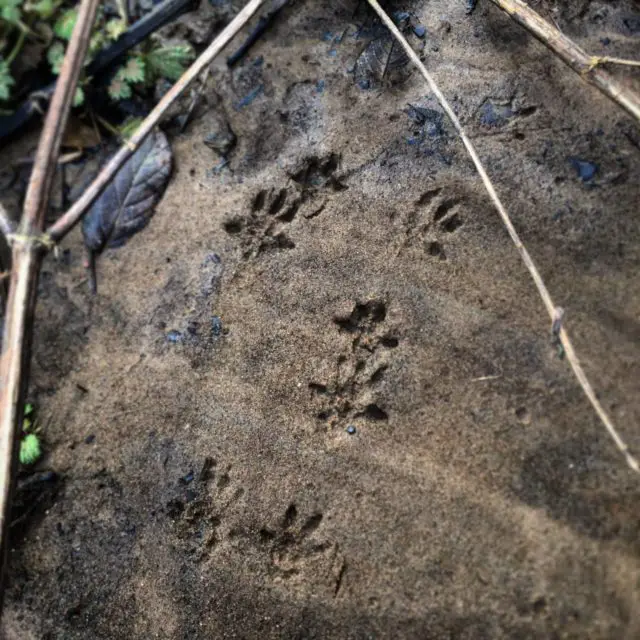
The material that is harvested can then be made into things, locking up that captured carbon until they’re burnt or rot away. In turn paying for the work hours and fuel required to replicate nature.
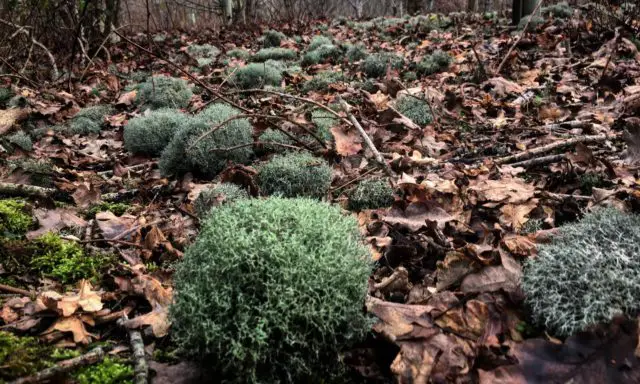
Successful management can at times be controversial
As Britain plants more and more trees please be aware that their successful management can at times be controversial and disheartening, requiring axe and chainsaw to assist it on its way.
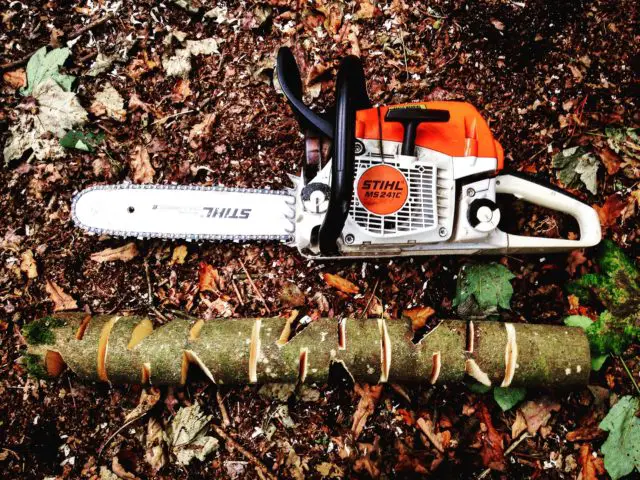
I really would like to leave nature alone and let it do its thing, but there’s just not enough of it left for a successful speedy recovery to happen.
And so I cut down trees to save the planet, I’m an oxymoron until the wild things return.

You can find out more about Martins Wood and the Newchurch Moors Nature Reserve by visiting the Hampshire and Isle of Wight Wildlife Trust Website.
Look out for part three in the Woodland Journeyman’s mini-series, where Jon helps us understand the impact of Ash Die Back on the Island. Ed

